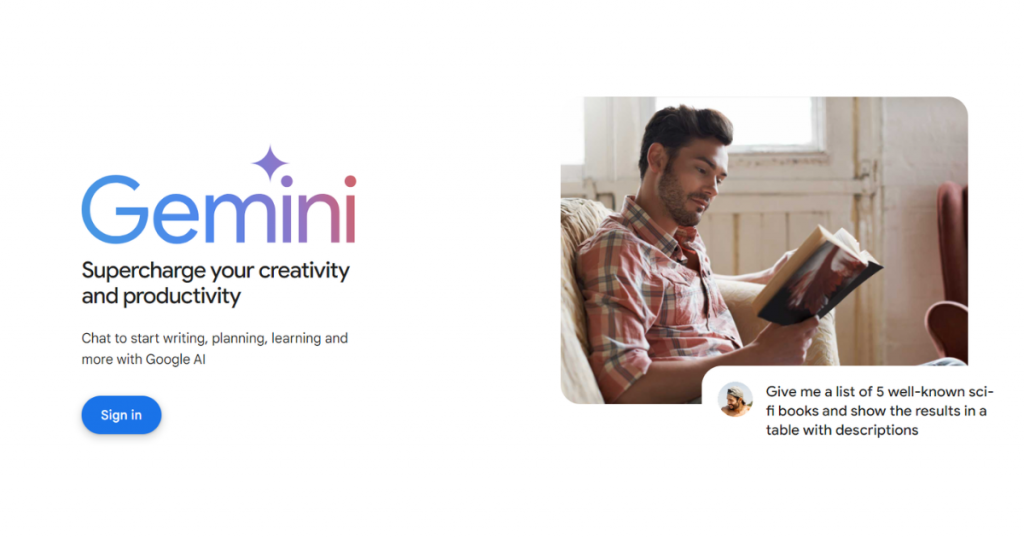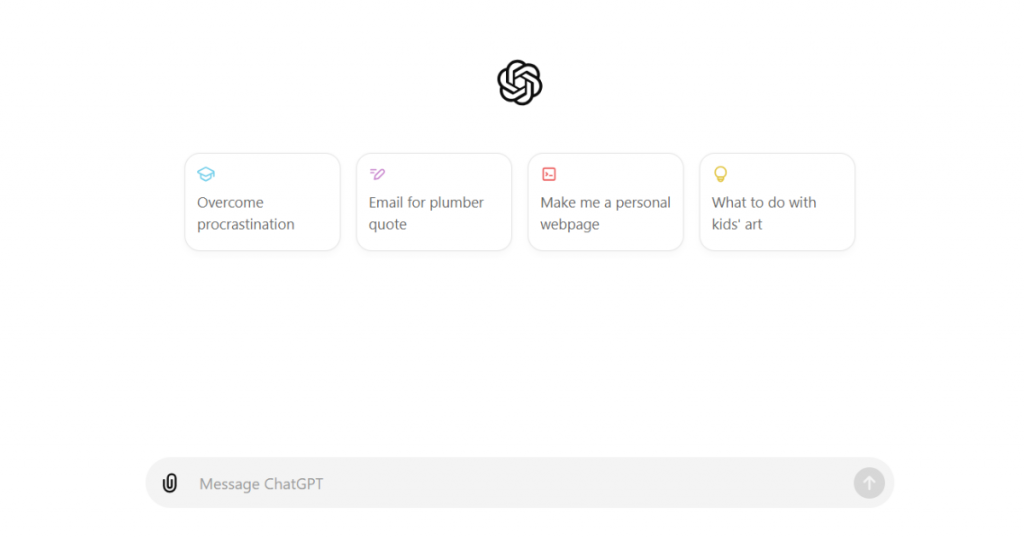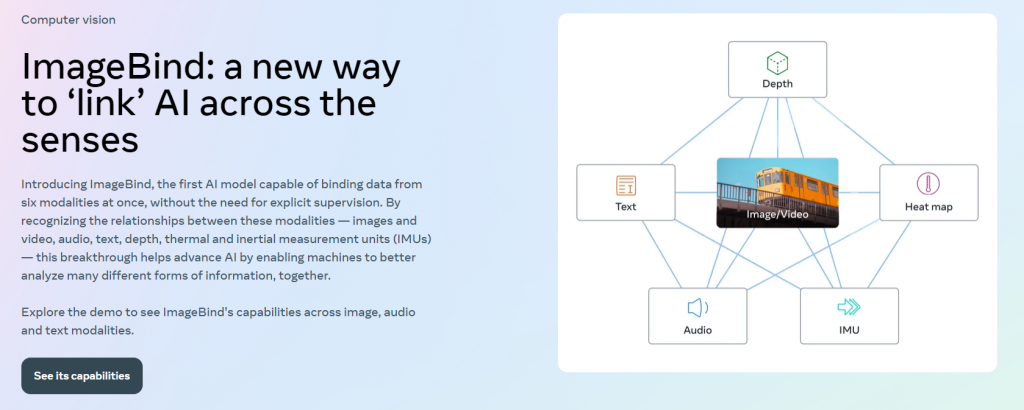The Rise of Multimodal AI: How Businesses Can Leverage It for Success
Find out more about Multimodal AI - the missing puzzle piece for your business that reflects the real world's complexity.

The next big leap in generative intelligence
Imagine walking into a store where a virtual assistant instantly recognises your mood from your expressions, picks up on your preferences through your voice, and suggests products that you might like based on past interactions. You might think it’s a scene from a futuristic movie, but it’s a real-world application of multimodal AI.
Traditional AI systems have typically been limited to single-input and single-output configurations (like text-to-text). But more advanced systems are breaking these boundaries. Known as multimodal AI, these systems are capable of processing and integrating multiple types of inputs (such as text, sound, and visual cues) to produce diverse and sophisticated outputs.
In this article, we will explore the complexities of multimodal AI. We will define it, discuss its key principles, and its various applications in real-world scenarios.
What is multimodal AI?
The term multimodal AI refers to artificial intelligence systems that can handle various types of data inputs (such as images, videos, and text). As a result, the output is more accurate and advanced compared to systems that only use one type of data.
This capability is driving significant growth in the global multimodal AI market, which was valued at $1.34 billion in 2023 and is expected to grow at a compound annual growth rate (CAGR) of 35.8% from 2024 to 2030.
Multimodal AI systems learn from large datasets to recognise patterns and associations between different media types through a complex series of steps:
- Data collection—The initial step involves collecting data from various sources, including text, images, audio, and others.
- Unimodal encoders – Data from each source is separately processed using specialised encoders designed to extract key features from the input.
- Fusion network – These features from different modalities are then merged in a fusion network that consolidates the information into a cohesive representation.
- Context analysis – This network assesses the context of the inputs, identifying how the modalities relate to one another and their relevance.
- Multimodal classifier – Using the comprehensive multimodal representation, a classifier then performs predictions or classifications.
- Training – Training involves using labelled data to help the Multimodal AI system learn and understand intermodal relationships, enhancing its ability to predict.
- Fine-tuning – The model undergoes fine-tuning, which adjusts its parameters to optimise performance for specific applications or data sets.
- Inference – After training and fine-tuning, the Multimodal AI model is deployed for inference, where it applies its training to make predictions or classifications on new, unseen data.
Today, there’s a lot of excitement about the potential of multimodal AI to accomplish a wide range of tasks, as we’ll discuss further. However, it’s important to note that there’s still much to learn and develop in this field.
Top multimodal AI models: Gemini, GPT-4, and Meta
- Google Gemini
Overview: Google’s Gemini is a versatile multimodal AI that excels at processing text, images, videos, code, and audio. It features three versions—Gemini Ultra, Gemini Pro, and Gemini Nano—each catering to different needs.
Business Applications: Useful for research and development, Gemini supports generative AI applications on mobile devices, large-scale operations, and complex tasks requiring substantial computational power. It can extract hidden patterns and meaning from any combination of data types, leading to more comprehensive insights.

- GPT-4
Overview: GPT-4 is a cutting-edge language model that empowers businesses with advanced text and image generation capabilities.
Business Applications: It finds use in content creation, data mining, analytics, website design, contract analysis, and more. Multilingual input, advanced image recognition, and customisable behaviour highlight its capabilities.

- Meta ImageBind
Overview: Meta ImageBind is an open-source model that processes and combines text, audio, visual, movement, thermal, and depth data.
Business Applications: It supports content creation, multimedia marketing, product development, and more, by integrating multiple data types. It excels in creating unified embeddings, cross-modal retrieval, and audio-to-image generation, and is known for its scalable performance.

Why is multimodal AI important for your business?
In a recent episode of the Gates Notes podcast, Sam Altman, CEO of OpenAI, emphasised the significance of multimodal AI in shaping future technologies: “Multimodality will definitely be important. Speech in, speech out, images, and eventually video. Clearly, people really want that. Customisability and personalisation will also be very important.”
Some of the most important benefits of using multimodal AI models include:
- Enhanced accuracy and reliability
By integrating data from multiple sensory sources—such as visual, textual, and auditory inputs—multimodal AI can achieve a higher level of understanding and accuracy in its predictions or assessments. This integration allows the system to cross-verify information from different sources, leading to more reliable outcomes.
- Richer contextual interpretation
Multimodal AI models excel at interpreting context and nuance by analysing how different types of data interact. For example, voice tone in audio data can provide emotional context to text in a conversation, offering deeper insights than any single data source alone.
- Improved user engagement
Multimodal systems can interact with users in more dynamic and natural ways. For instance, a multimodal AI in a customer service application can interpret both the text and tone of customer queries, enabling more empathetic and tailored responses.
- Cost-effectiveness
Although initially more complex and costly to develop, once operational, multimodal AI systems can reduce the need for human intervention and decrease operational costs by automating complex processes across different environments.
- Versatility in application
These models find utility across a broad spectrum of applications, from autonomous vehicles that use visual and auditory data to navigate to healthcare systems that analyse images, text, and structured data to provide diagnoses.
4 business applications of multimodal AI
Multimodal AI combines different types of data processing to enhance the functionality and utility of applications across various fields. Here’s an overview:
1. Sentiment analysis for social media posts
Challenge: Social media platforms can’t accurately analyse the sentiment of posts that combine both text and images, which is crucial for understanding public opinion and tailoring content.
Solution: A new multimodal AI model can developed that performs sentiment analysis by fusing features from both text and images. This model uses an attention mechanism to enhance the interaction between textual and visual data, improving the accuracy of sentiment detection.
Results: The model demonstrated superior performance on sentiment classification tasks compared to traditional methods, providing a more accurate sentiment analysis of social media posts. This advancement allows for better monitoring of public sentiment, enhancing content personalisation and marketing strategies.
2. AI-enhanced robotic systems for industrial applications
Challenge: In industries like recycling and waste management, achieving high precision and efficiency in material sorting can be challenging because of the variability of materials.
Solution: Deployment of multimodal AI within robotic systems to enhance their perception and decision-making capabilities. This involves the integration of visual recognition and intelligent decision algorithms to accurately sort materials.
Result: Improved sorting accuracy and efficiency in recycling operations, supporting sustainability goals and reducing the workload on human operators by automating complex sorting tasks.
3. Enhancing early disease detection in healthcare
Challenge: Accurate and timely disease detection is essential for effective treatment, but traditional methods often depend solely on single-source data like medical images.
Solution: A medical technology firm created a multimodal AI system that evaluates medical images, such as X-rays and MRIs, alongside patients’ medical histories and blood tests.
Results: This system significantly improved disease detection accuracy, facilitating earlier treatments and better patient outcomes.
Final thoughts
As Multimodal AI gains adoption, it will have more potential to revolutionise different sectors. For instance, in enhancing AI applications such as virtual assistants, this technology promises more precise and contextually relevant responses by analysing a blend of data types.
This evolution mirrors the inherently multimodal nature of human communication, as highlighted by Jina AI CEO Han Xiao. “Communication between humans is multimodal—they use text, voice, emotions, expressions, and sometimes photos” he explains. Given this, he adds, “it is very safe to assume that future communication between human and machine will also be multimodal.”
With ongoing advancements in neural network architectures and increasing computational power, we are on the brink of deeper multimodal data integration. This progression is poised to unlock groundbreaking advancements in sectors like augmented reality or automated healthcare diagnostics and make the human-machine interactions more intuitive and natural.
Multimodal AI is not just about keeping up with technology, but about leveraging it to solve complex problems effectively. If you’re looking to harness the power of multimodal AI, get in touch with our team.
Considering sharing with others


)